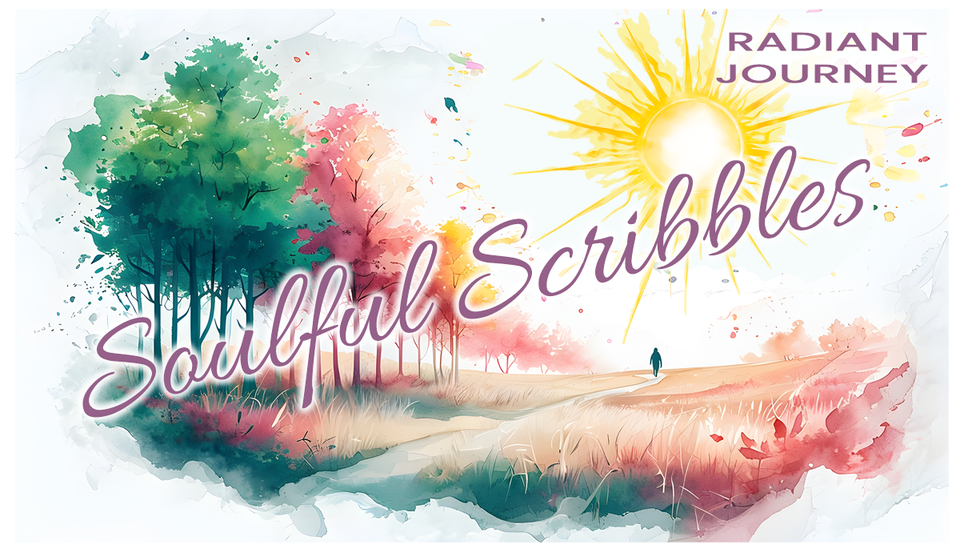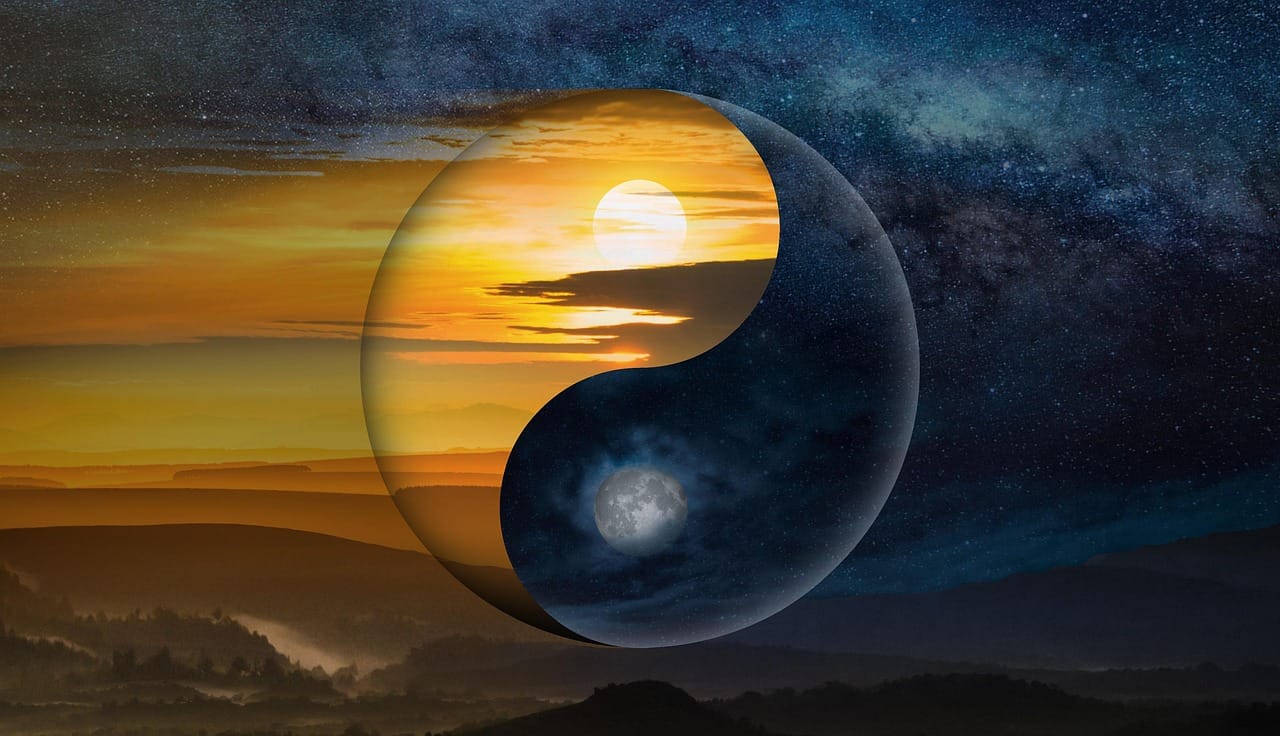The Dance of Light and Darkness

A Philosophical and Spiritual Inquiry
by Barb Casper
From the dawn of consciousness, humanity has been captivated by the interplay between light and darkness. These two primordial forces, in ways visible and invisible, shape existence, influencing the mind, body, and soul. Across cultures, religions, and philosophies, light has often been associated with goodness, truth, and enlightenment, while darkness has been linked to mystery, fear, and the unknown. But is this binary understanding truly reflective of their essence? Is light inherently benevolent and darkness inherently malevolent? Or do both serve a greater, intertwined purpose in existence's unfolding?
The Influence and Significance of Light
Light is the energy that sustains life in its most tangible form. The sun’s rays nurture the earth, enabling plants to grow, ecosystems to thrive, and biological rhythms to function. On a physiological level, exposure to light regulates the circadian rhythms of humans and animals, governing sleep cycles, mood, and overall well-being. The absence of light, or its excess, can disrupt these natural rhythms, leading to disturbances in health and equilibrium.
Beyond the biological, light has profound metaphorical and spiritual implications. In many traditions, light symbolizes wisdom, clarity, and divine presence. The Enlightenment movement was rooted in the belief that reason and knowledge dispel the darkness of ignorance. In mystical traditions, light is often linked to divine consciousness—the unifying force that reveals truth and dispels illusions. In the Upanishads, for instance, light represents the eternal Atman, the inner self that is one with Brahman, the ultimate reality.
Yet, for all its brilliance, light can also be blinding. Overexposure to light can be as detrimental as its absence. Consider the paradox of staring directly at the sun—its radiance, though life-giving, can cause blindness. The pursuit of knowledge, unchecked, can lead to arrogance and an inability to acknowledge the unknown. The quest for absolute clarity can strip life of its necessary mysteries, leaving existence sterile and devoid of wonder.
The Essence and Role of Darkness
If light is the revealer, darkness is the realm of the hidden. Even though darkness has often been mischaracterized as the domain of evil, in many spiritual and philosophical traditions, darkness is a space of profound potential. The womb is a place of darkness where life gestates before it emerges. The seed buried in the soil must dwell in darkness before sprouts toward the light. The night sky, filled with infinite darkness, is the canvas upon which the stars and moon shine.
In psychological and spiritual growth, darkness plays a vital role. It is within the depths of uncertainty, struggle, and introspection that transformation occurs. The Dark Night of the Soul, a concept explored by mystics like St. John of the Cross, speaks of a period of spiritual desolation that ultimately leads to enlightenment. Darkness invites us to confront our fears, explore our subconscious, and embrace the unknown. It is the space where dreams take shape, intuition whispers, and creativity stirs.
Yet, darkness too has its perils. A prolonged absence of light can lead to despair, isolation, and ignorance. Just as untampered light can be blinding, darkness unchecked can become suffocating. A life lived entirely in darkness, whether literal or metaphorical, risks stagnation and a disconnect from the broader spectrum of existence.

The Interdependence of Light and Darkness
What emerges from this exploration is the understanding that neither light nor darkness is inherently superior to the other. Rather, they are complementary, each defining the other’s existence. Without darkness, light has no contrast or frame of reference. Without light, darkness lacks dimension and meaning. Together, they create the rhythms of life—the cycles of day and night, growth and rest, knowing and unknowing.
Ancient Taoist philosophy captures this balance in the yin-yang symbol, where the dark and the light swirl together, each containing a seed of the other. This interdependence is reflected in human life itself. Moments of joy are accentuated by sorrow, clarity emerges from confusion, and wisdom is born from experience that includes both suffering and revelation.
Moreover, in spiritual practices, the integration of light and darkness is often the path to wholeness. Shadow work, a psychological and spiritual practice, involves embracing one’s inner darkness—the fears, traumas, and hidden aspects of the psyche—to attain true self-awareness and healing. Similarly, many enlightenment traditions do not seek to eliminate darkness but to navigate it consciously, understanding its lessons rather than fearing its presence.
The Dance of Existence
So, what does this mean for our journey through life? It suggests that rather than striving for perpetual illumination or fearing the darkness, we must learn to move fluidly between the two. Just as the sun sets to give way to the night, and the moon wanes to allow for the fullness of the sun’s return, we, too, must embrace the ebb and flow of existence.
Maybe true wisdom lies not in choosing between light and darkness but in recognizing their dance. Light allows us to see and in the darkness, we dream. Light reveals what is, while darkness holds the potential for what might be. Each moment of our lives is a play between these forces—the clarity of knowledge tempered by the mystery of the unknown, the security of the seen balanced by the potential of the unseen.
Thus, we return to the question: Do light and darkness profoundly affect humanity, the world, and every sentient being? The answer is yes, but not in the simplistic moral dichotomy often ascribed to them. Rather, they shape existence as two cosmic partners in an eternal rhythm. Light holds revelation, warmth, and guidance. In the darkness, there is depth, mystery, and transformative power. One cannot exist without the other, and in their unity, they create the beautiful complexity of life itself.
